Case Study: London Chess Academy
Results
Visibility Score increased from 2% to 11% in less than 30 days, and gained presence in new topic areas they previously didn’t rank for.
Starting point
-London Chess Academy started with just a 2% AI visibility score, virtually invisible to their audience.
Goals
1. Increase AI Visibility
2. Control the narrative
3. Lead early in a new channel
4. Drive real business impact
The challenges
• Low AI Visibility: London Chess Academy wasn’t showing up in AI-generated responses.
• Crowded Market: Competing with larger platforms and free apps made it hard to stand out.
• Weak Presence in Key Sources: They weren’t consistently mentioned on platforms like Reddit, chess forums, or directories that AI pulls from.
Traditional SEO once hinged on keywords and backlinks but answer engines don’t serve up a list of links they generate a single, consolidated response. Whether a brand is mentioned depends on content clarity, structured messaging, and being present in the right sources.
How Did We Do It?
In simple terms
1. Assessing London Chess Academy’s AI Visibility
We asked ChatGPT, Google AI Overview, and similar platforms hundreds of chess-related prompts from “best online chess lessons” to “executive coaching through chess.” We tracked how often London Chess Academy was mentioned, how they ranked against competitors, and what AI platforms were actually saying. Their starting score: just 2% visibility.
2. Analyzing the Data
We examined the results to understand why the brand wasn’t showing up. We identified who was being mentioned, which sources AI engines trusted, and where there were missed opportunities from parenting blogs to educational forums and high-authority directories.
3. Prioritizing AEO in the Content Strategy
The analysis revealed clear gaps in visibility and surfaced pain points such as lack of presence in trusted sources and underrepresentation of their unique programs. We used this data, along with insights into their broader brand strategy, to develop a focused plan for improvement.
4. Optimizing Key Content
We updated and created content across key channels — including program pages, instructor bios, and community platforms. We helped shape the narrative to reflect the Academy’s full value, from kids’ lessons to executive coaching, using formats AI could easily recognize and surface.
5. Measuring and Iterating
Using the U&AI platform, we tracked visibility in real time, monitored clicks and branded traffic, and stayed aligned with their team to understand how rising visibility correlated with interest and enrollments. Content was updated regularly based on citation data and AI platform behavior.
A Deeper Look at the Process
1. Discovering the Gaps with U&AI
Using the U&AI platform, we scanned hundreds of prompts across ChatGPT, Google AI Overview, and Perplexity from “best online chess lessons” to “chess programs for schools” and “executive coaching through chess.” Our citation analysis revealed:
• Key Competitors: Chess.com, iChess, and a few regional programs with high visibility
• Winning Formats: Top-10 lists, direct brand claims (“why choose us”), and brief curriculum overviews
• Hidden Influencers: Parent forums, educational blogs, and niche coaching platforms that held unexpected weight in AI citations
Insight: Visibility wasn’t about volume it was about how content was structured and where it appeared. One breakthrough came when we identified a pattern in how AI prioritized language in YouTube video titles. Without re-uploading a single video, we updated the titles and visibility climbed within days.
2. Crafting AI-Optimized Content
With these insights, the team created and revised content across core offerings:
• Headings & Structure: Clear formats like “Top Online Chess Programs for Kids” and “Chess for Executive Thinking”
• Brand Placement: Featuring London Chess Academy prominently at the top of curated and comparative lists
• FAQs: Short, targeted Q&As that AI platforms are likely to cite
Insight: Within one month, visibility rose from 2% to 11%, placing London Chess Academy among the most cited names in educational and coaching-related queries on AI platforms.
3. Iteration & Monitoring
Rather than a one-time push, we used U&AI’s real-time tracking to guide and adjust the strategy:
• Citation Share: Monitoring how often the brand appeared in AI-generated responses
• Content Signals: Identifying which formats and topics were gaining traction
• Benchmarking: Comparing progress against high-visibility platforms like Chess.com and similar providers
• ROI Indicators: Tracking OpenAI crawler activity, branded search lift, session-level traffic, and references to AI platforms during onboarding and inquiries
Insight: Real-time data helped London Chess Academy connect visibility to actual performance like increased traffic, higher engagement, and more qualified student leads.
Final Thoughts
Answer Engine Optimization (AEO) is already changing how people find and evaluate educational services. London Chess Academy’s jump from 2% to 11% AI visibility proves what’s possible when you act early and align with how discovery actually works today.
While others remained focused on traditional SEO, they saw the shift. With small but strategic content adjustments — like optimizing YouTube titles — they gained measurable traction in weeks. No ad spend. No lengthy ramp-up.
We’re proud to have supported London Chess Academy through this transition, and even prouder to watch them lead in AI-era education visibility.
Shir Bar Tal Founder & CEO of London Chess Academy
“As someone whose job is to think ten moves ahead, I knew adapting to AI wasn’t a question of if, but when. But I had no idea how to actually show up in that space. U&AI broke it down clearly, worked closely with my team, and helped us carve out our place. I’m glad I didn’t hesitate to jump into unfamiliar territory. The payoff came faster than I expected.”




